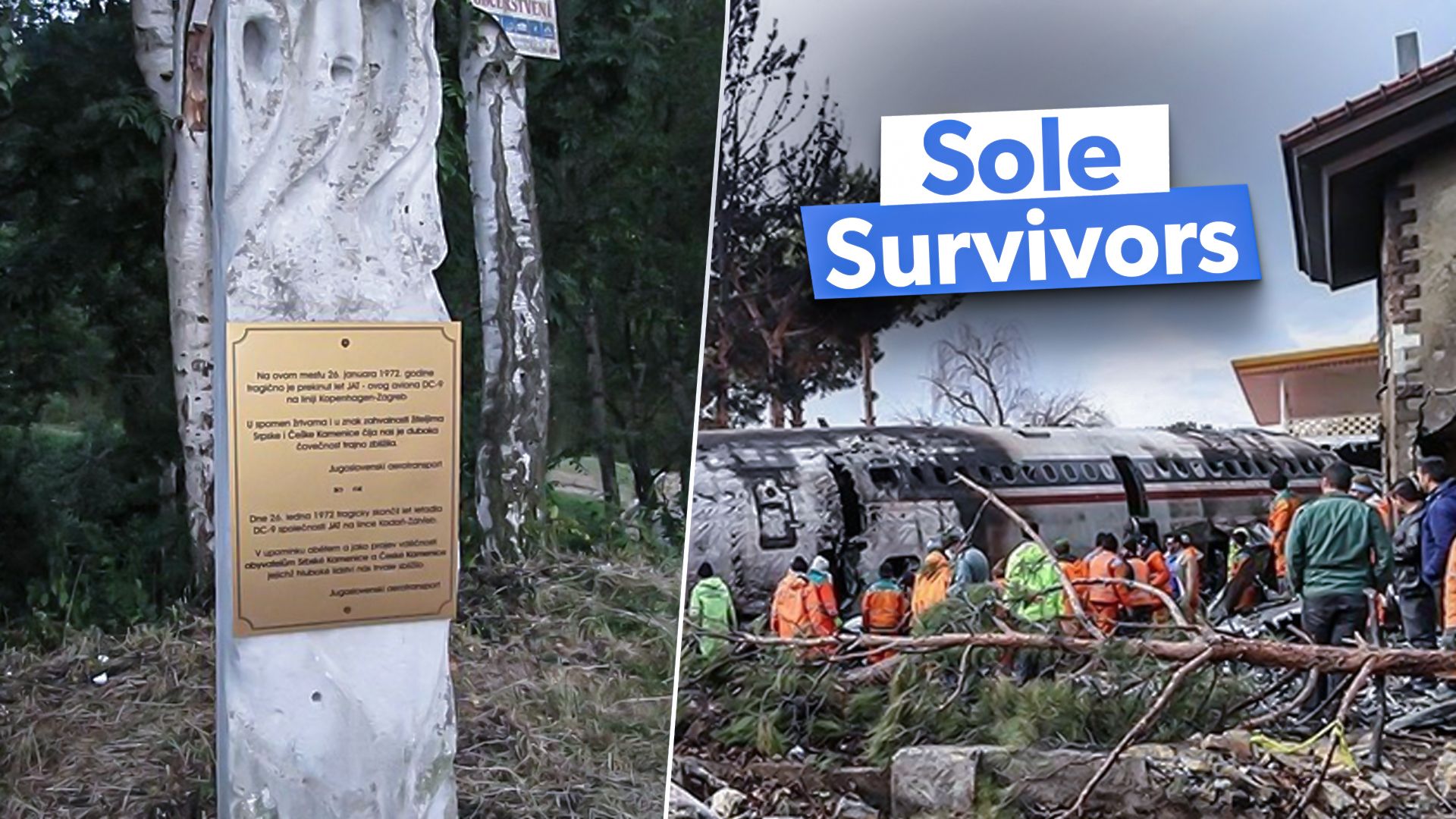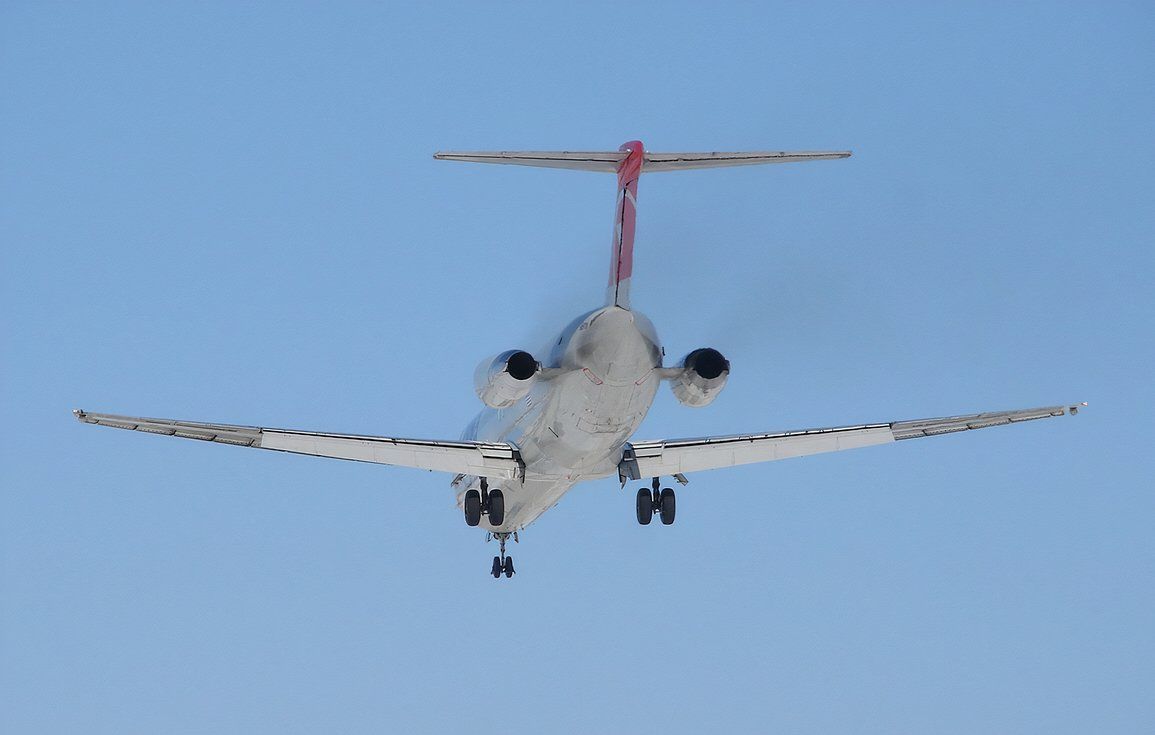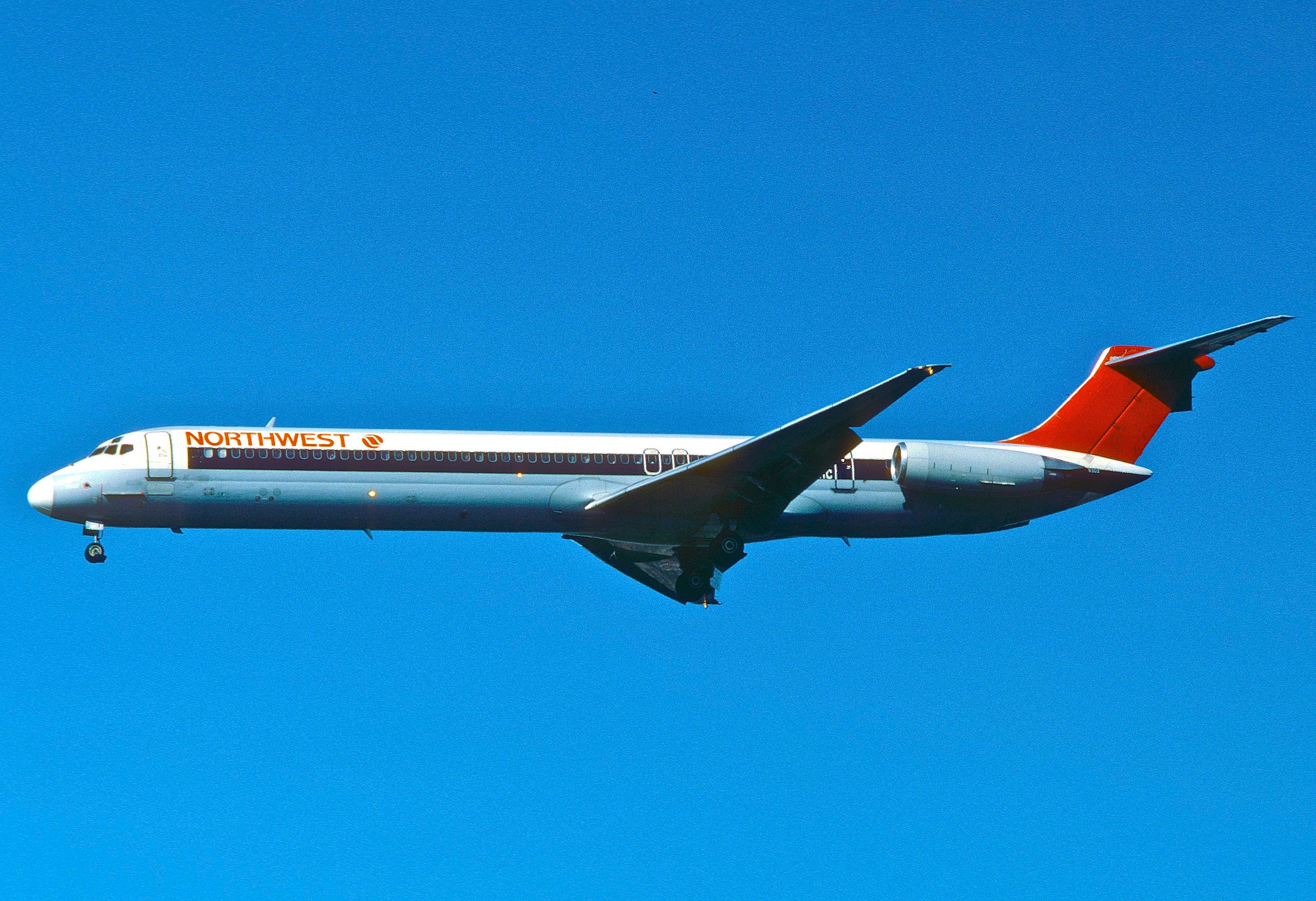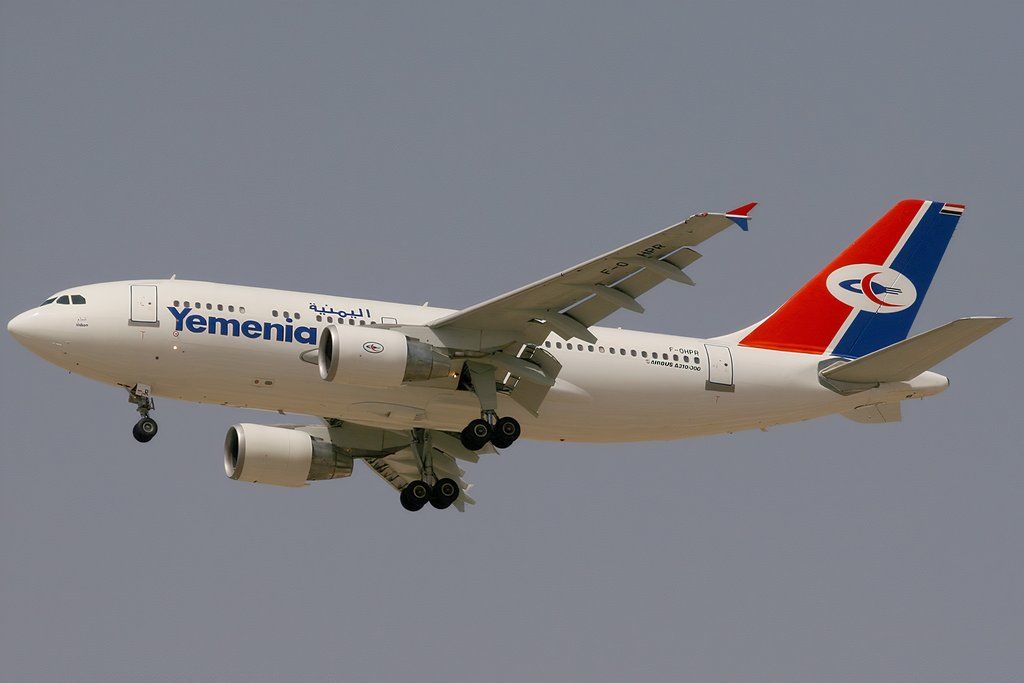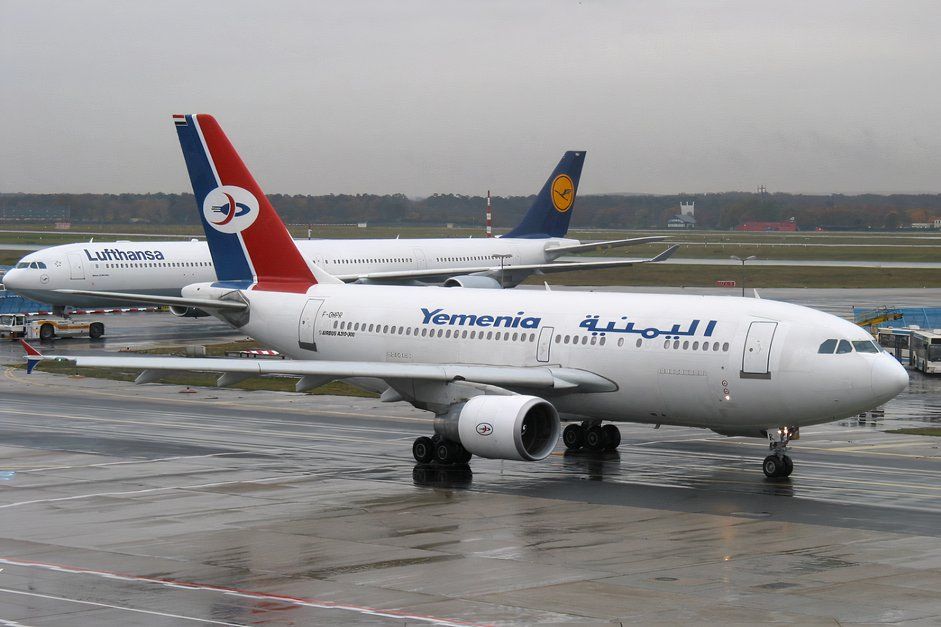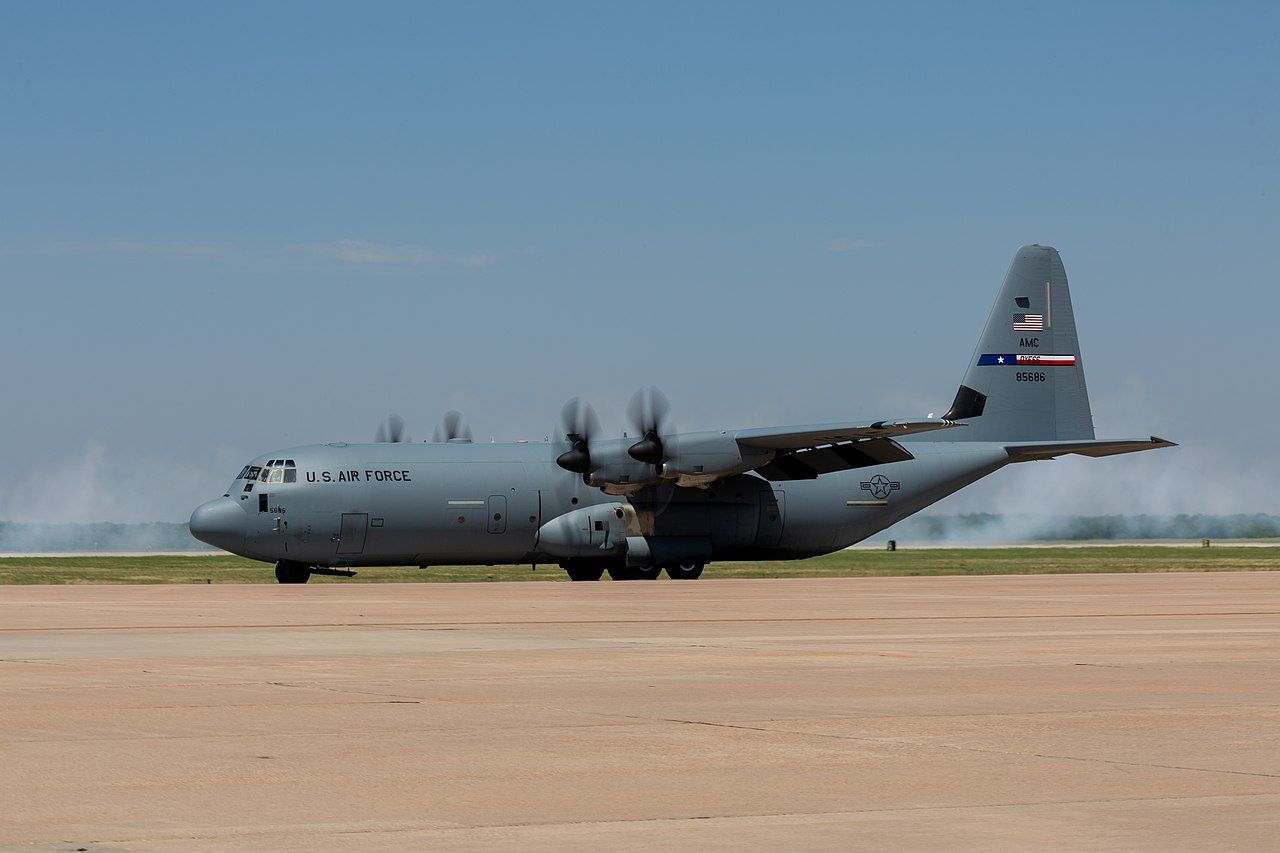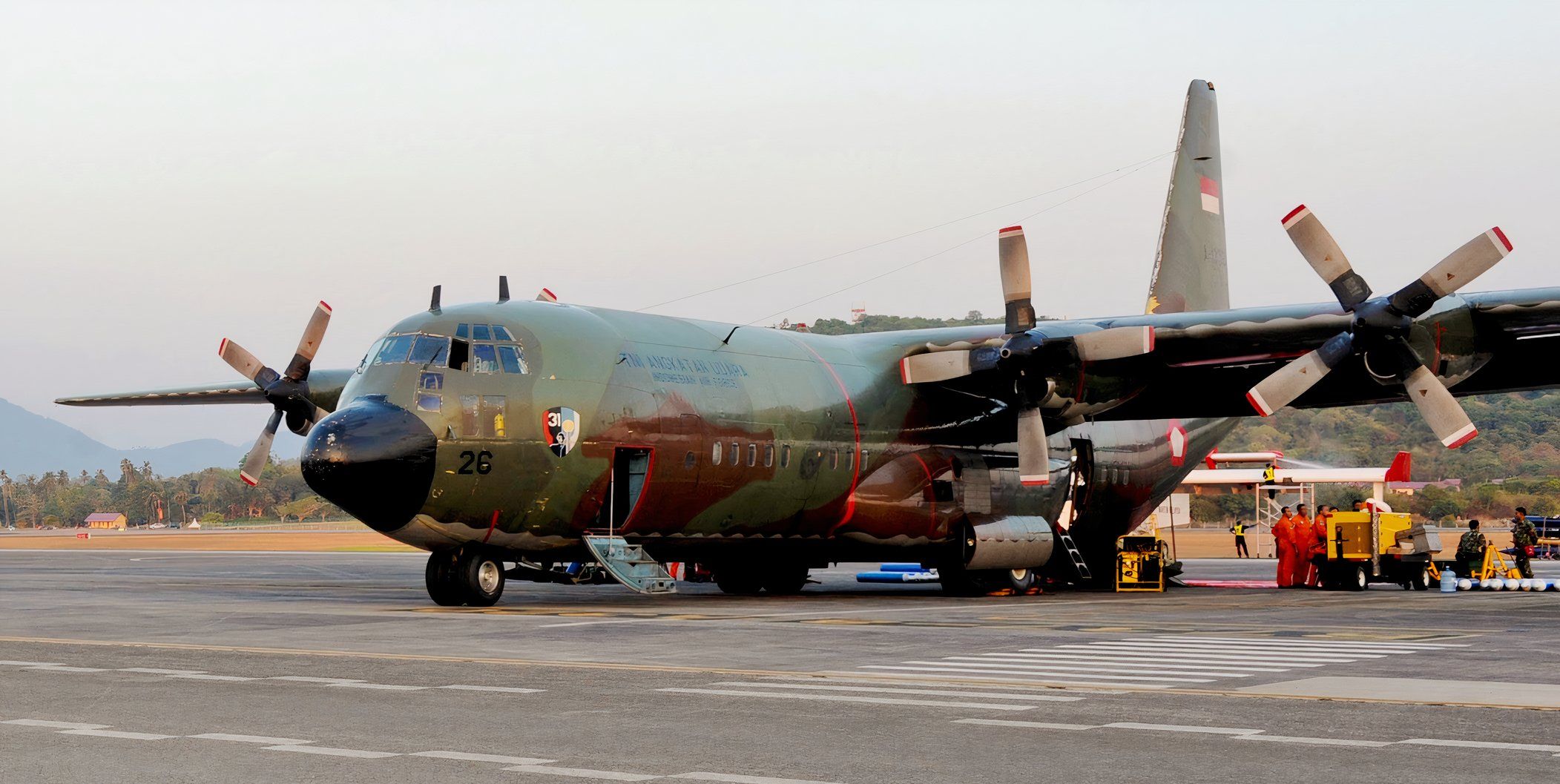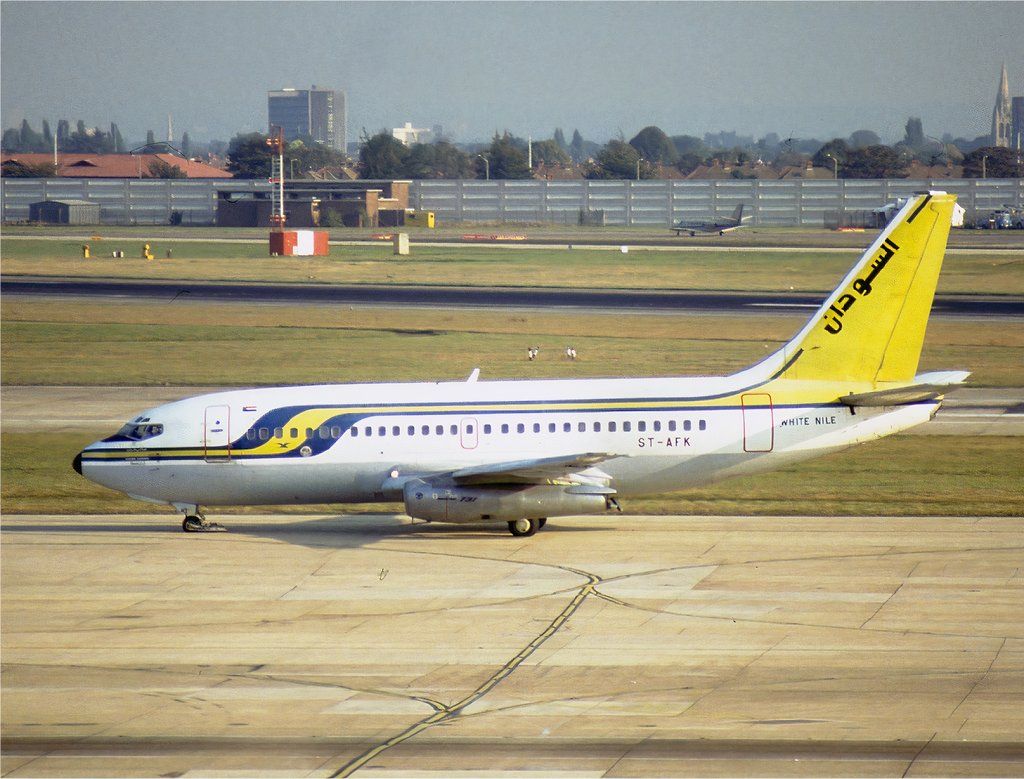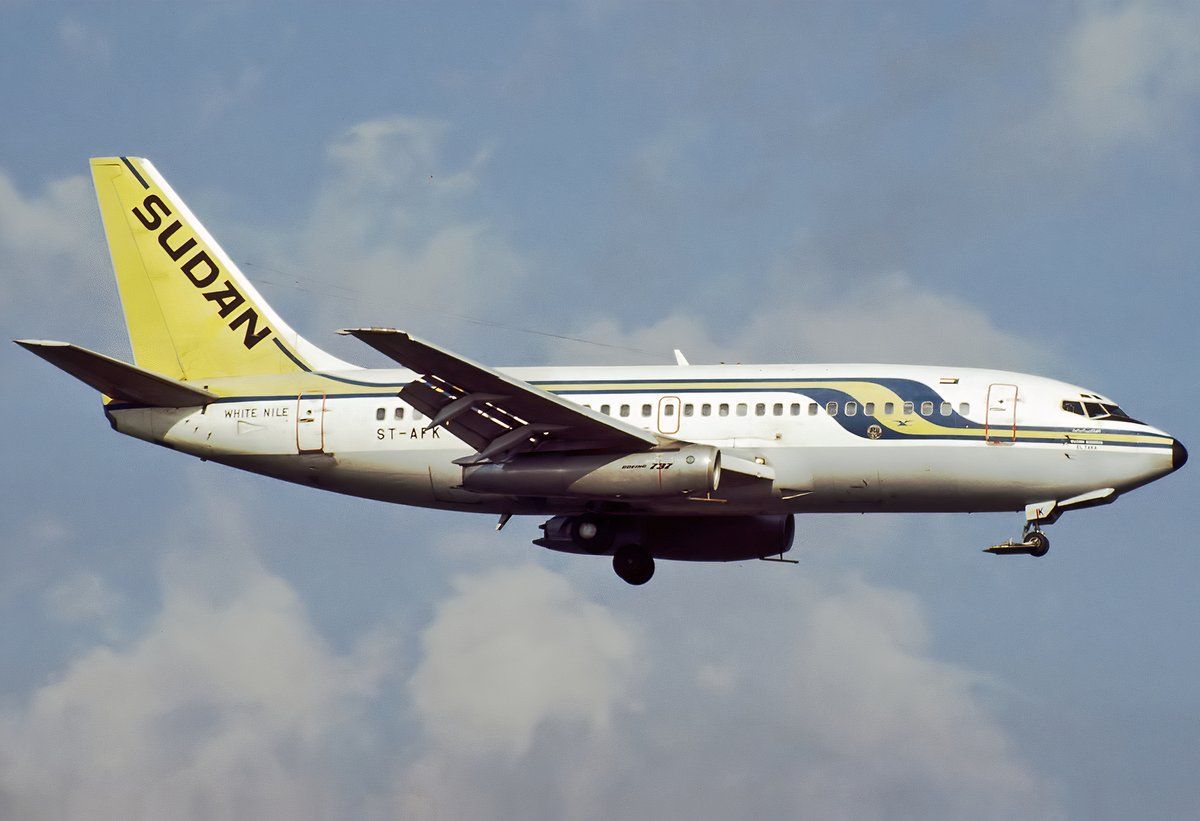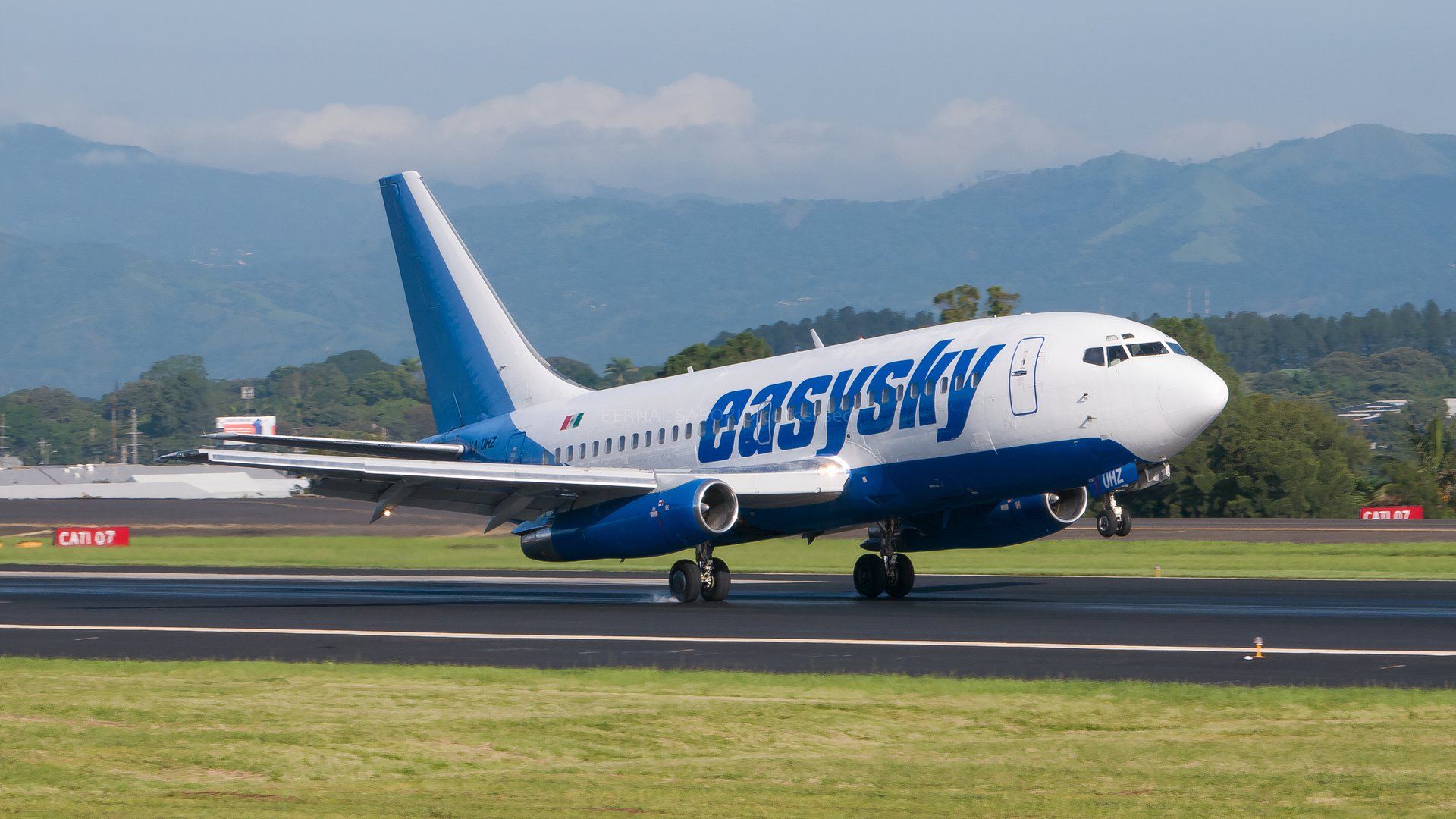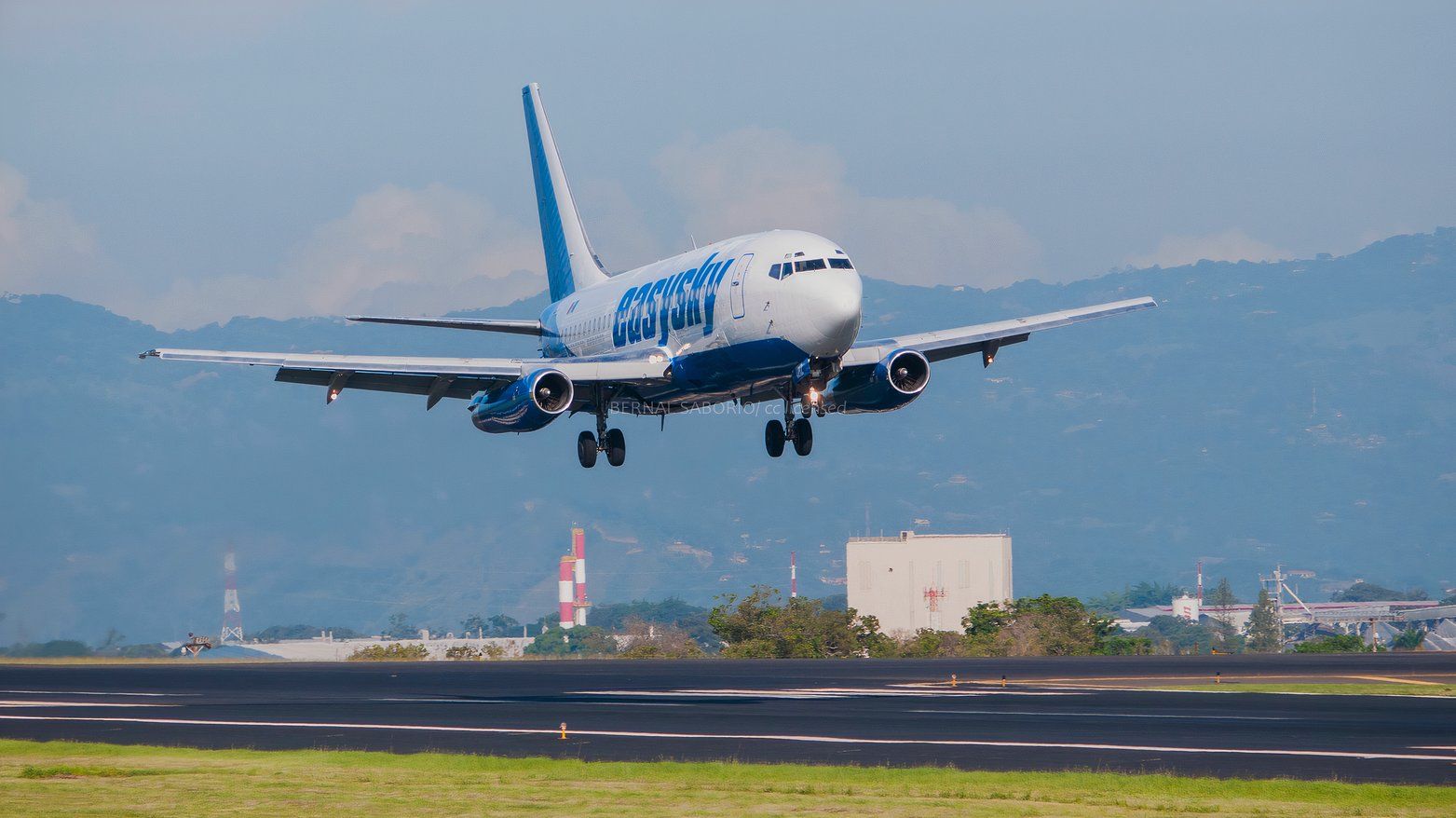Summary
- Northwest Airlines Flight 255 had 154 fatalities & 1 survivor, Cecelia Cichan, due to pilot error.
- Yemenia Flight 626 had 152 fatalities & 1 survivor, Bahia Bakari, due to pilot error during the approach.
- Indonesia A-1324 military flight crash had 133 fatalities & 1 survivor, Bambang Sumadi, due to engine fire and wing failure.
In today’s aviation industry, accidents and fatalities are few and far between. However, they were more common in the past. Usually, when an aircraft gets in a bad accident, there are seldom survivors. After all, an aircraft is essentially a tin can traveling at hundreds of miles an hour.
However, there are always exceptions. Throughout aviation, a few lucky souls beat all the odds and became the sole survivors of aircraft accidents. This list will look at the five deadliest accidents with only one survivor.
The data for the accidents and investigation reports have been sourced from the Aviation Safety Network.
5
Northwest Airlines Flight 255
The deadliest flight on this list, with 156 fatalities, is Northwest Airlines Flight 255. It is the deadliest plane crash in the state of Michigan and the history of Northwest Airlines.
The accident occurred on August 16, 1987, at Detroit-Metropolitan Wayne County Airport (DTW). The flight was operated using a six-year-old McDonnell Douglas MD-82, destroyed in the accident.
Out of 155 occupants onboard the aircraft, 154 lost their lives, and another two persons on the ground perished as well. The sole survivor was four-year-old passenger Cecelia Cichan. She was seriously injured as a result of the accident. She sustained third-degree burns and fractures to her skull, collarbone, and left leg.
The National Transportation Safety Board (NTSB) is the investigating agency for this incident. It highlighted pilot error and equipment failure as the probable causes of the accident.
What happened?
The aircraft crashed during takeoff due to an incorrect configuration. Flaps and slats were not appropriately set. The crew was planning to take off from runway 21L or 21R. However, the aircraft was later cleared to take off from runway 3C, the airport’s shortest runway.
The first officer missed a radio call to switch ground frequencies. Additionally, the captain missed the turnoff to the correct runway and had to be rerouted. As a result of the unexpected departure runway, the performance had to be recalculated. It is thought that the changes and the missed turn increased the pilot’s workload, resulting in them forgetting to configure the aircraft correctly. Unfortunately, for reasons unknown, the aircraft’s warning system did not alert the crew about the incorrect takeoff configuration.
After beginning the takeoff roll, the crew could not engage the autothrottles and was preoccupied with setting it, which prevented them from identifying the incorrect configuration.
As a result, the aircraft faced reduced lift and began banking after getting airborne. It rolled to the right and left, after which the left wing hit a light pole in the airport’s car rental parking lot. It crashed into the roof of the rental car building, then into the ground, and slid along until it impacted a railroad embankment, disintegrating throughout the multiple impacts.
The accident at a glance
- August 16th, 1987; Northwest Airlines Flight 255
.jpg)
Related
Disappearance Over Lake Michigan: The Story Of Northwest Orient Airlines Flight 2501
The cause of the accident was filed as “unknown” by authorities and the main wreckage has never been found.
4
Yemenia Flight 626
The third accident in the history of Yemenia and the first with fatalities was Flight 626. The accident occurred on June 30th, 2009. The Airbus A310 crashed during the final approach to landing just a few kilometers from the Prince Said Ibrahim International Airport (HAH).
It had 152 fatalities, with the sole survivor being Bahia Bakari, a 12-year-old from Paris. She had been clinging to a piece of aircraft debris to stay afloat for nine hours. She was dubbed the “miracle girl.” She sustained several injuries from the crash, including some facial injuries, a fractured pelvis and collarbone, as well as burns to her knees.
The Ministry of Transportation Comoros was the investigating agency. It identified pilot error as the cause of the crash.
What happened?
Yemenia Flight 626 was inbound on an approach to runway 02 at HAH, which was to be followed by a visual circle-to-land on runway 20. The approach was conducted at night, and the winds were 15 knots, gusting to 30 knots due to an unusually cold front passing through the area.
During the approach, the pilots disengaged the autopilot and searched for the runway, which they had difficulty spotting. While searching for the runway, the crew likely took their eyes off their instruments, causing an excessive descent rate not once but twice, which caused multiple alarms and the GPWS system to activate.
After multiple configuration changes, the aircraft’s alpha floor protection activated, resulting in an excessive nose-up pitch, which the crew did not correct until it reached 27 degrees nose-up. The pilot did not correct the pitch for fear of hitting the sea, but the aircraft stalled and crashed into the ocean anyway.
The investigation found that the crew had committed several errors and did not react to the alarms and warnings of the aircraft appropriately, which resulted in an unusual attitude and a stall.
The accident at a glance
-
June 30th, 2009; Yemenia Flight 626
- Variant: Airbus A310-324
- Registration: 7O-ADJ
- Location: 6 km northwest of Mitsamiouli, Comoros
- Cause: Pilot Error
- Phase: Approach
- Fatalities vs. Occupants: 152/153
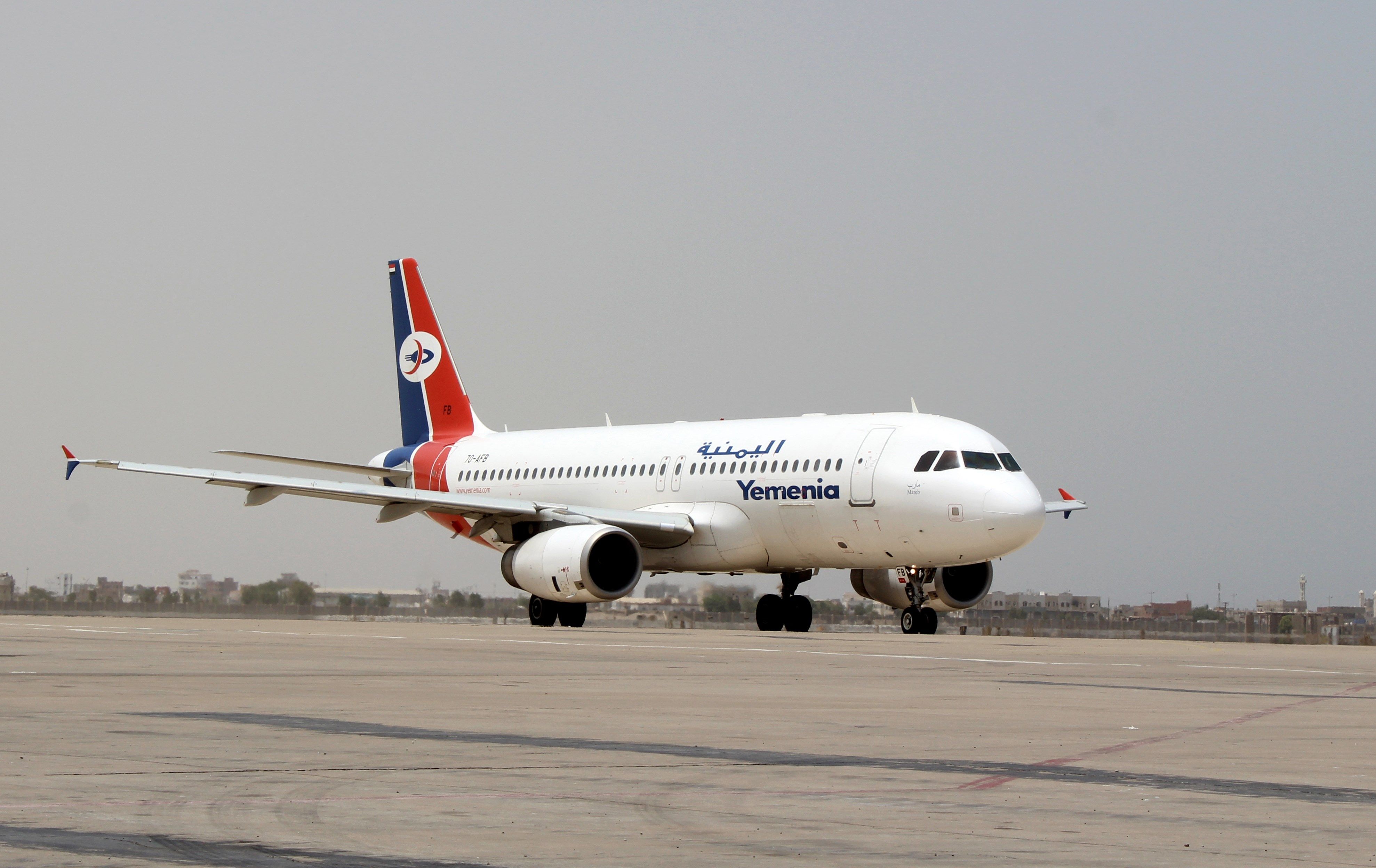
Related
Yemen’s Flag Carrier: A Brief History Of Yemenia
The carrier was part of a merger more than a quarter of a century ago.
3
Indonesia Air Force A-1324
This is the only military accident on the list and the sixth deadliest flight in Indonesia. It occurred on October 5th, 1991, after Indonesia’s Armed Forces Day celebrations. The aircraft, a Lockheed C-130 Hercules, carrying 134 military personnel, 12 of whom were crew, crashed shortly after takeoff from Indonesia’s Jakarta-Halim Perdana Kusuma Airport (HLP) airport due to an engine fire and subsequent mechanical failure of the wing.
One hundred thirty-five persons perished due to the accident: 133 onboard the aircraft, as well as two persons on the ground. The sole survivor, Bambang Sumadi, was a passenger on the flight.
What happened?
The aircraft was ferrying military personnel who participated in the Armed Forces Day celebrations back to base. It took off around 1500 and crashed after traveling roughly three kilometers.
According to eyewitness accounts, the aircraft’s left engine caught fire. It is believed that the fire damaged the wing’s flight controls, resulting in a loss of control. The aircraft crashed into a government building before exploding.
Heavy rains disrupted search and rescue operations, but two survivors were found: Major Samsul Ilham, one of the pilots, and Bambang Sumadi, a passenger. Illham was taken to the hospital in critical condition but succumbed to his injuries later in the day.
The accident at a glance
-
October 5th, 1991; Indonesia Air Force
- Variant: Lockheed C-130H-30 Hercules
- Registration: A-1324
- Location: 6 km south of Jakarta-Halim Perdana Kusuma Airport (HLP)
- Cause: Mechanical Fault
- Phase: Takeoff
- Fatalities vs. Occupants: 133/134
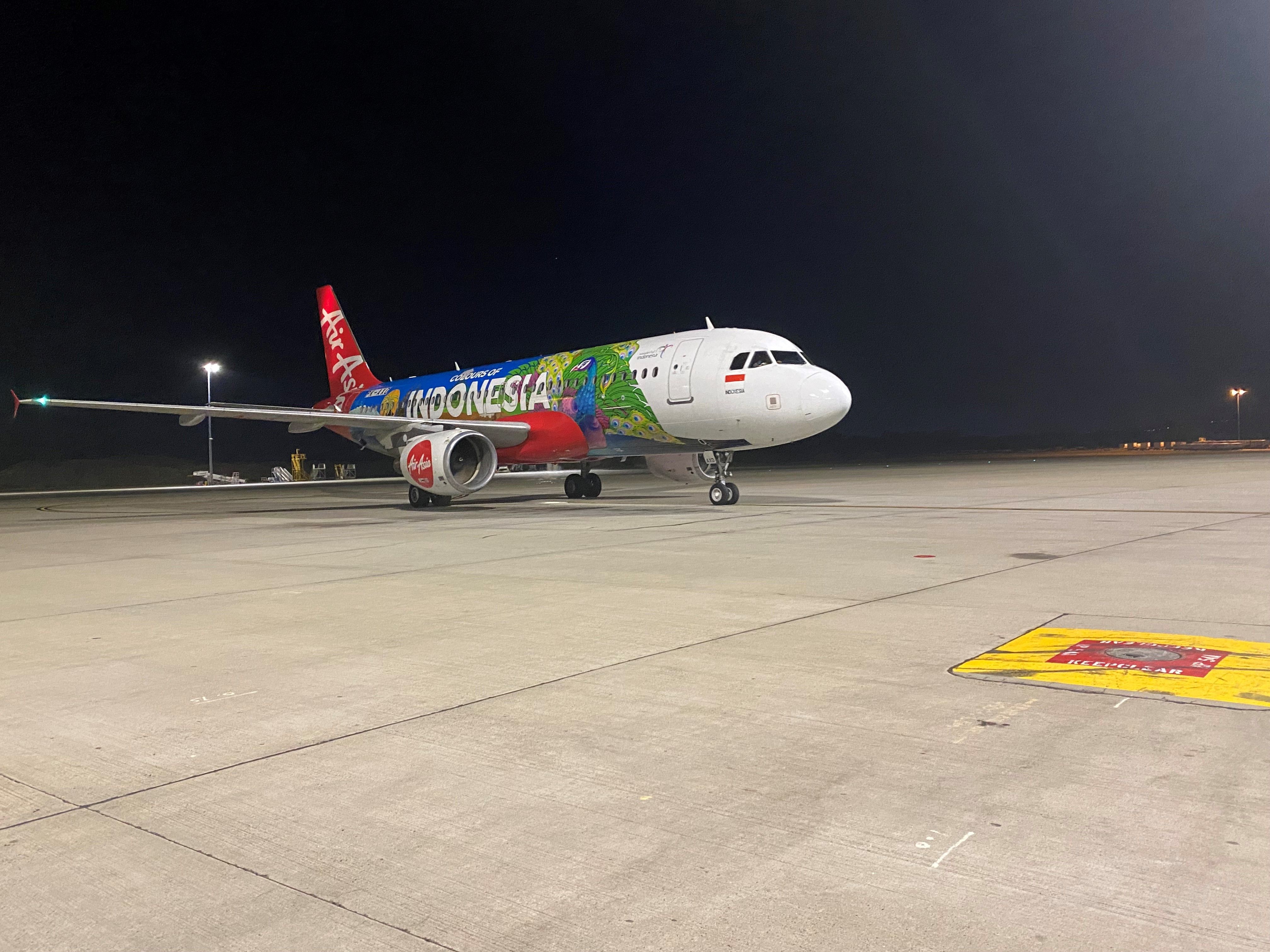
Related
AirAsia Indonesia Airbus A320 Opens Jakarta-Perth Route
Perth Airport has opened a new nonstop connection with Indonesia AirAsia to Jakarta.
2
Sudan Airways Flight 139
Sudan Airways Flight 139 crashed on July 8th, 2003, after a botched emergency landing at Port Sudan New International Airport (PZU). The flight used a 28-year-old Boeing 737-200 equipped with Pratt & Whitney JT8D-7 turbofan engines.
The aircraft was carrying 117 crew and passengers, 116 of whom perished in the crash. The only survivor is Mohammed el-Fateh Osman, who was two years old.
What happened?
The Boeing 737 departed PZU as part of a scheduled service from PZU to Khartoum-Civil Airport (KRT). However, 15 minutes after takeoff, the pilot reported an engine failure and requested an emergency landing at PZU.
The crew was cleared for an ILS into runway 35. However, sand obscured visibility to 2.5 miles, and the crew did not see the runway and continued to descend and then crashed into the ground. The aircraft slid along for 600 ft while disintegrating.
The Sudan Airways fleet was poorly maintained and old. The US had imposed sanctions on Sudan, which prevented them from getting parts to repair and maintain their aircraft. The Sudan government blamed the US and the sanctions as the main cause of the accident.
The accident at a glance
-
July 8th, 2003; Sudan Airways Flight 139
- Variant: Boeing 737-200
- Registration: ST-AFK
- Location: 5 km East of Port Sudan New International Airport (PZU)
- Cause: Mechanical Failure and Pilot Error
- Phase: Landing
- Fatalities vs. Occupants: 116/117
1
Cubana de Aviación Flight 972
The list’s last and most recent accident occurred on May 18th, 2018. It is the tragedy of Cubana de Aviación Flight 972. The flight was operated using a 39-year-old Boeing 727-200, which was flying from Havana-José Martí International Airport (HAV) to Holguín-Frank Pais Airport (HOG).
The aircraft was carrying 113 souls onboard during the time of the incident. Initially, three passengers survived, but two of them succumbed to their injuries. The sole survivor is 19-year-old Mailen Diaz Almaguer.
What happened?
The aircraft crashed moments after takeoff due to the crew incorrectly configuring the aircraft’s horizontal stabilizer based on incorrect center of gravity calculations. According to the investigation report, the crew thought the CG was at 17.4% when it was 28.5%, 0.5% off the after limit of the aircraft.
The incorrect setup caused the aircraft to pitch its nose up once airborne and roll heavily as the pilots attempted to correct the unusual attitude. Due to how the aircraft was configured, the pilots could not recover, and 40 seconds after takeoff, the Boeing 737 crashed into the ground.
The report found that human error caused the crash through inconsistencies in training procedures, errors in weight and balance, and low operational standards.
The accident at a glance
-
May 18th, 2018; Cubana de Aviación Flight 972
- Variant: Boeing 737-200
- Registration: XA-UHZ
- Location: 1 km East of Havana-José Martí International Airport (HAV)
- Cause: Pilot Error
- Phase: Takeoff
- Fatalities vs. Occupants: 112/113
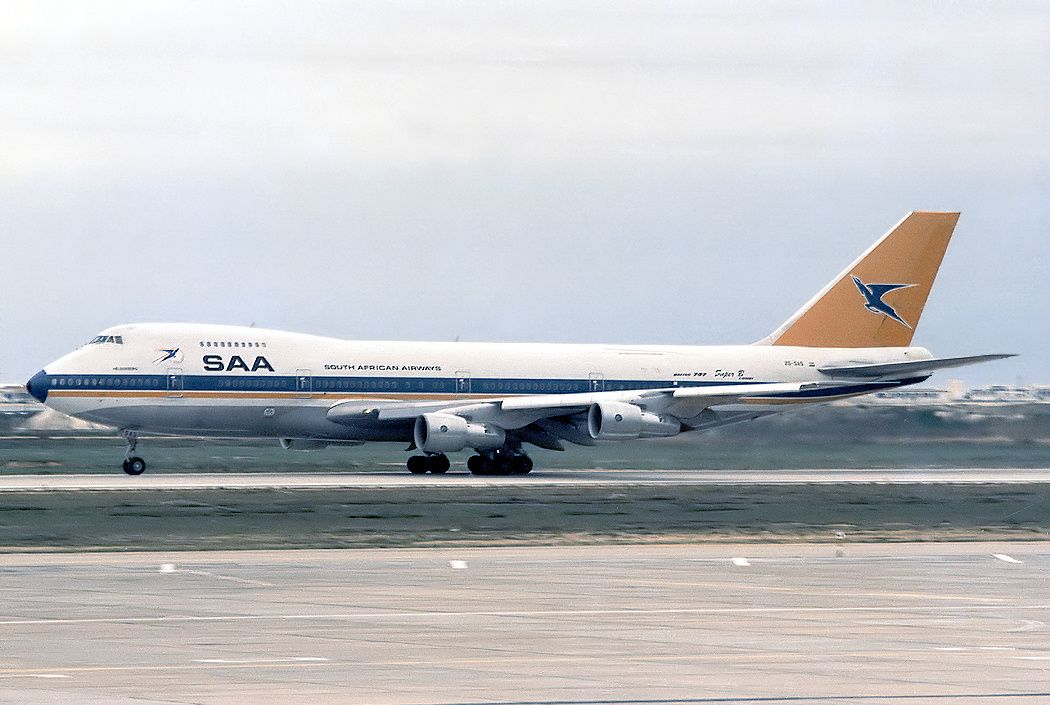
Related
5 Notable Accidents That Defined The History Of South African Aviation
South Africa’s worst air disaster claimed over 150 lives.

